With the Navaratri, Debi Paksha and Durga puja festivities coming to a close, people across India are celebrating the victory of good over evil. But I couldn’t help pondering about what would the goddess be without a demon to slay? What would Ramayana be without Ravana, or the Pandavas without the Kauravas, or Bhakta Prahlad without Hiranyakashipu and one can go on. Mythology is replete with stories about gods and demons in conflict, where the demons represent evil, epitomise malice, mischief, malevolence and every form of wickedness and the god or the goddess, stands for good slays the demon and reinstates social order.
Mythology we must remember is the science of primitive man; it was his manner of explaining the universe. And right from the beginning of time man was intrigued by the existence of the opposite forces – of good and evil, life and death, darkness and light, heat and cold, rain and sunshine, and the eternal struggle and dynamics that exist between these polar opposites. These forces and related phenomena took anthropomorphic forms, the benefactors or beneficiary forces as gods and goddesses and the rest, became demonic powers. (Of course, quite often, a present day god has begun his or her life as a destructive force. Prayer was an act of propitiation to start with, before it became a form of obeisance).
Demons challenge the existence of gods and humans alike. Human inability to comprehend and control these forces led them to create myths of supernatural power, trickery and magic and thus demon loosely started representing forces beyond human control and comprehension, one who has control over the negative aspects of the both material and spiritual world.
Demonisation also gained currency as nomadic Aryans marched into the subcontinent and found indigenous tribes with customs and practices very different from their own. The Aryans had to fight them to establish their relative superiority and to survive in a foreign land. And as indigenous tribes came to be known as Dasa, Dasyus, Danava, Asuras, leaders of the winning team were deified.
But an important facet of the gods and demons conflict is that they are always seen as equals, born from the same mother. They are both sons of Prajapati. Demons are often learned and worshipful even of the gods (Ravana an ardent devotee of Shiva) and they are also the recipients of boons of immortality or invincibility which leads them astray and becomes the cause of their downfall.
The battle between the two is also seen in myths as a battle between dharma and adharma. Durga slaying Mahisasura, Indra versus Vritra, Rama Versus Ravana, Krishna versus Kamsa, these are all instances of the triumph of the right order over the wrong one. But could we ever bring forth goodness without contrasting it with an opposing evil? Good in the universe is valuable only when it co-exists with evil; goodness on its own purposeless.
Gods and demons, good and evil are interdependent as are creation and destruction, light and darkness, life and death, they are not mutually exclusive but inclusive and one without the other is incomplete, the missing half of a whole. The battle fought between the Gods and demons is a quest to resolve tension of opposing forces, with opposing claims and interests and above all, the struggle for survival, an effort to achieve an ideal order, dharma. As a hero needs a villain, gods need demons as there would be no gods without demons, no one to save the world from evil forces and bring equanimity.







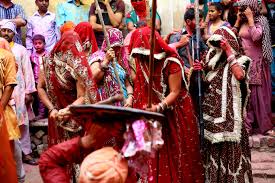
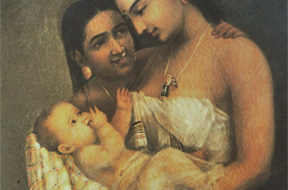
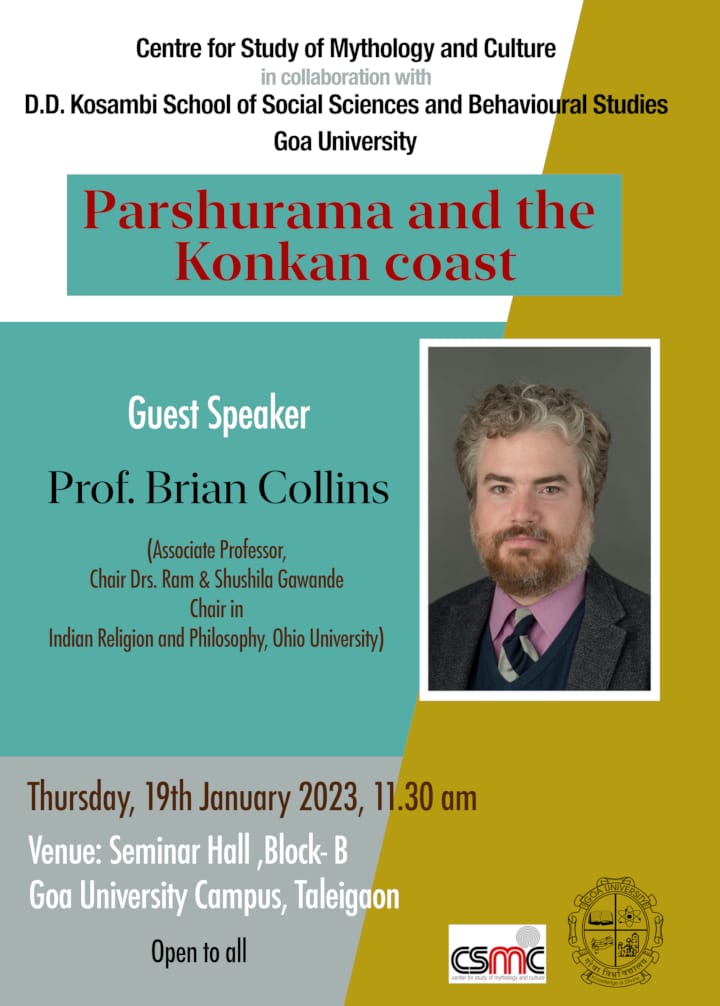
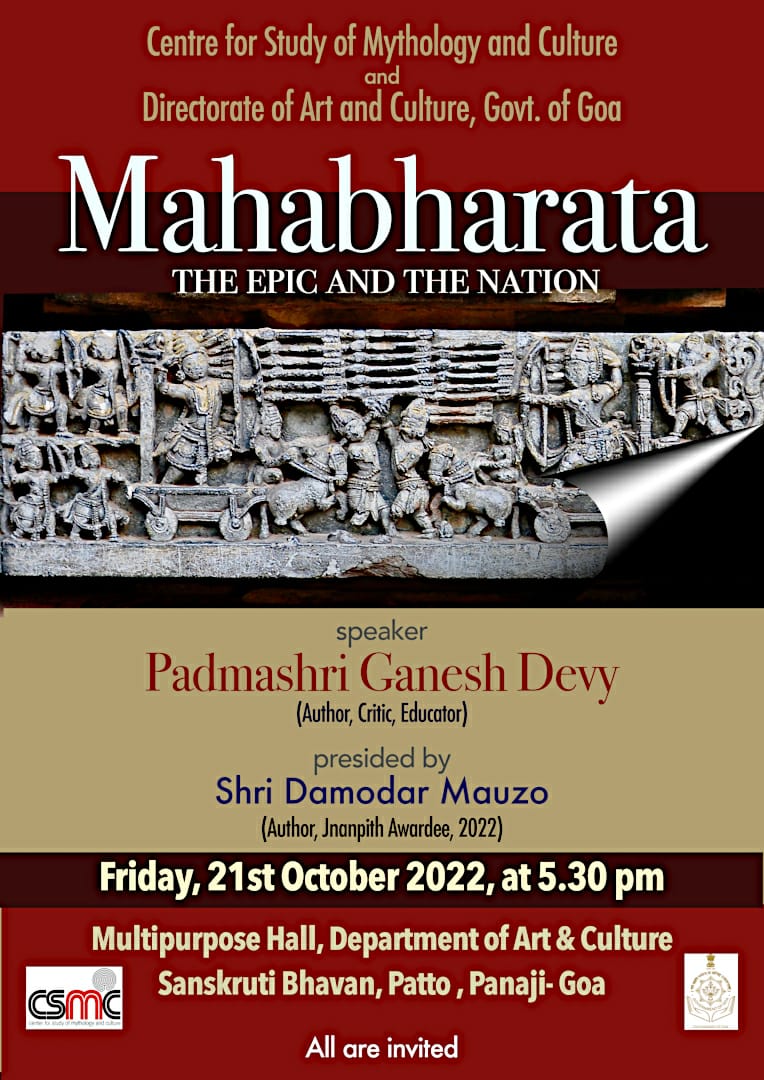
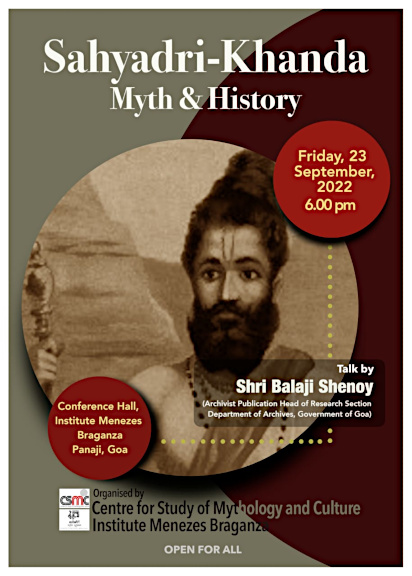
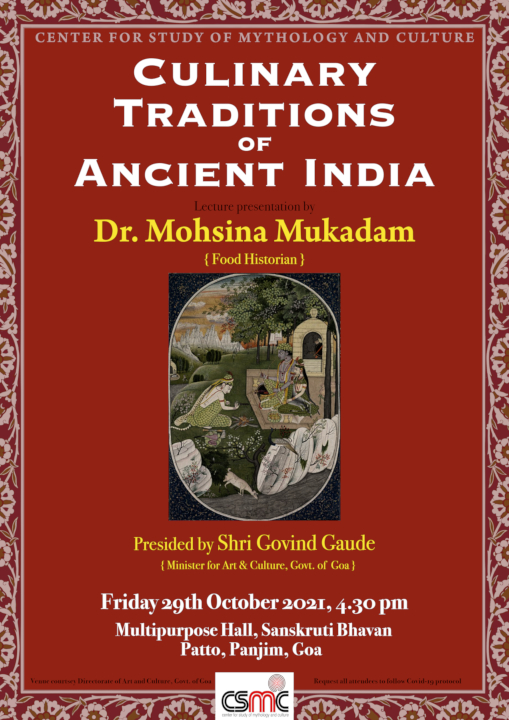

Leave a Comment